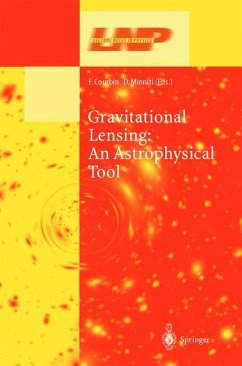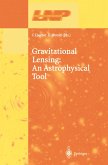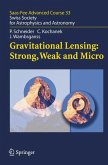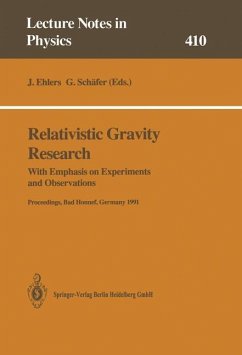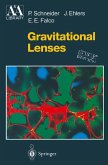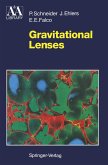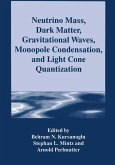This book contains a complete and up-to-date review of gravitational lensing, focussing on recent progress in both observations and theory. The mapping of dark matter on galaxy and cluster sized scales, as will be seen through the future eyes of ALMA, is discussed. The lensing of quasars is presented as a method for measuring cosmological parameters and recent observations and modeling are examined. In the regime of weak gravitational lensing numerous results are now available and are compared with simulations at different length-scales. The use of weak lensing around isolated galaxies to measure the shape of galaxy halos is studied. Absorption lines of lensed quasars can be used to map the occulting systems out to a redshift of 2 and this technique is investigated. This book is designed for researchers and graduate students interested in any research area of gravitational lensing.
Gravitational lensing is by now sufficiently well understood that it can be used as a tool of investigation in other astrophysical areas. Applications include the determination of the Hubble constant, probing the dark matter context of galaxies and the mapping of the universe to the identification of otherwise invisible large-scale structures. Each chapterof the book covers in a self-contained manner a subfield of gravitational lensing, with the double aim of describing in a simple way the basics of the theory and of reviewing the most recent developments as well as applications foreseen in the near future. The book will thus be particularly useful as a high-level textbook for nonspecialist researchers and advanced students wishing to become familiar with the field all the way up to the forefront of research.
Hinweis: Dieser Artikel kann nur an eine deutsche Lieferadresse ausgeliefert werden.
Gravitational lensing is by now sufficiently well understood that it can be used as a tool of investigation in other astrophysical areas. Applications include the determination of the Hubble constant, probing the dark matter context of galaxies and the mapping of the universe to the identification of otherwise invisible large-scale structures. Each chapterof the book covers in a self-contained manner a subfield of gravitational lensing, with the double aim of describing in a simple way the basics of the theory and of reviewing the most recent developments as well as applications foreseen in the near future. The book will thus be particularly useful as a high-level textbook for nonspecialist researchers and advanced students wishing to become familiar with the field all the way up to the forefront of research.
Hinweis: Dieser Artikel kann nur an eine deutsche Lieferadresse ausgeliefert werden.
